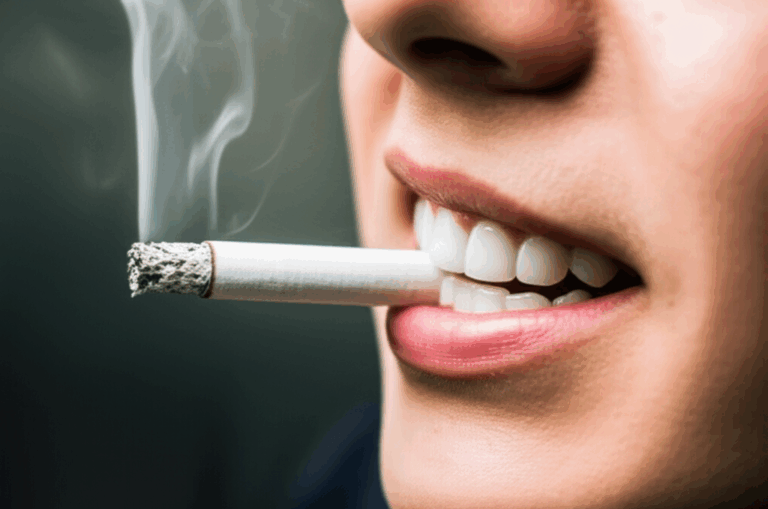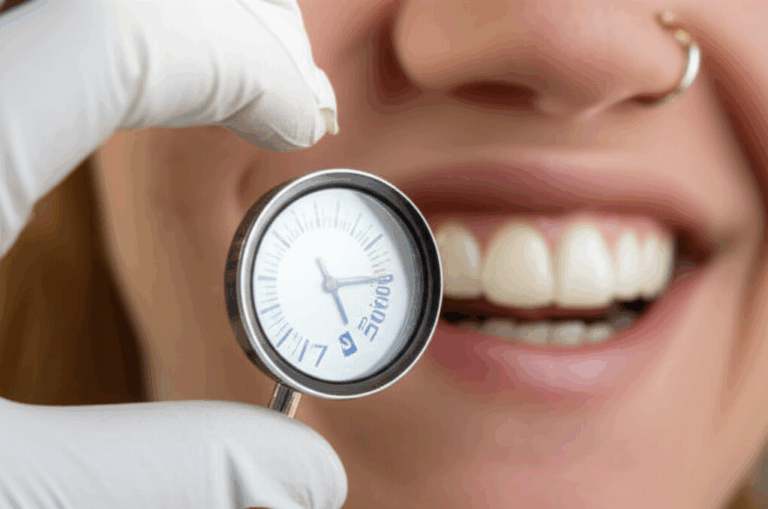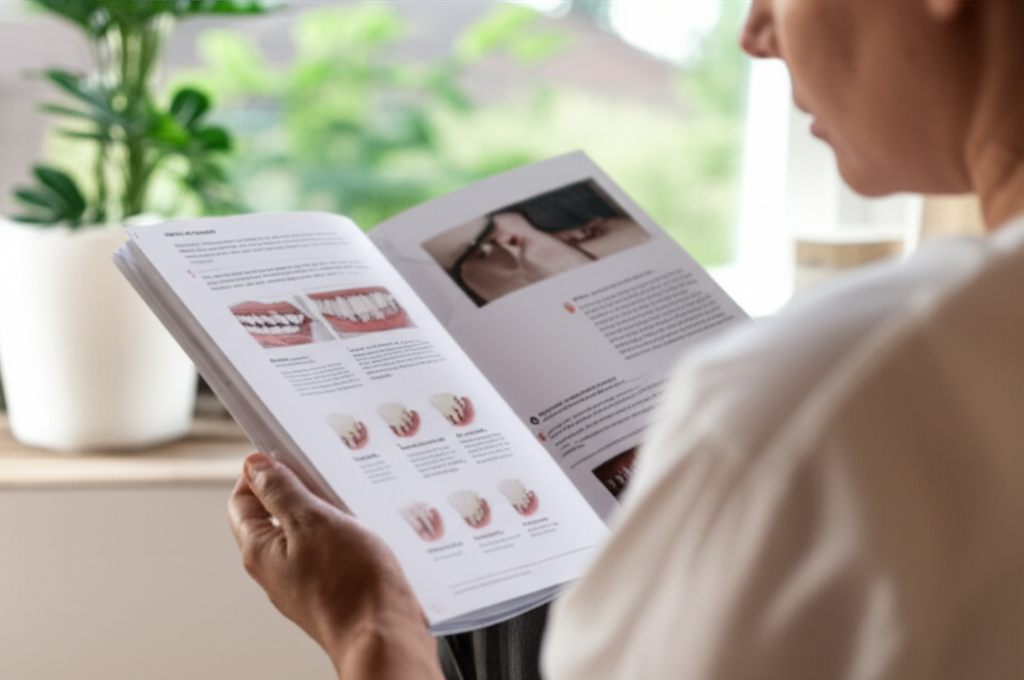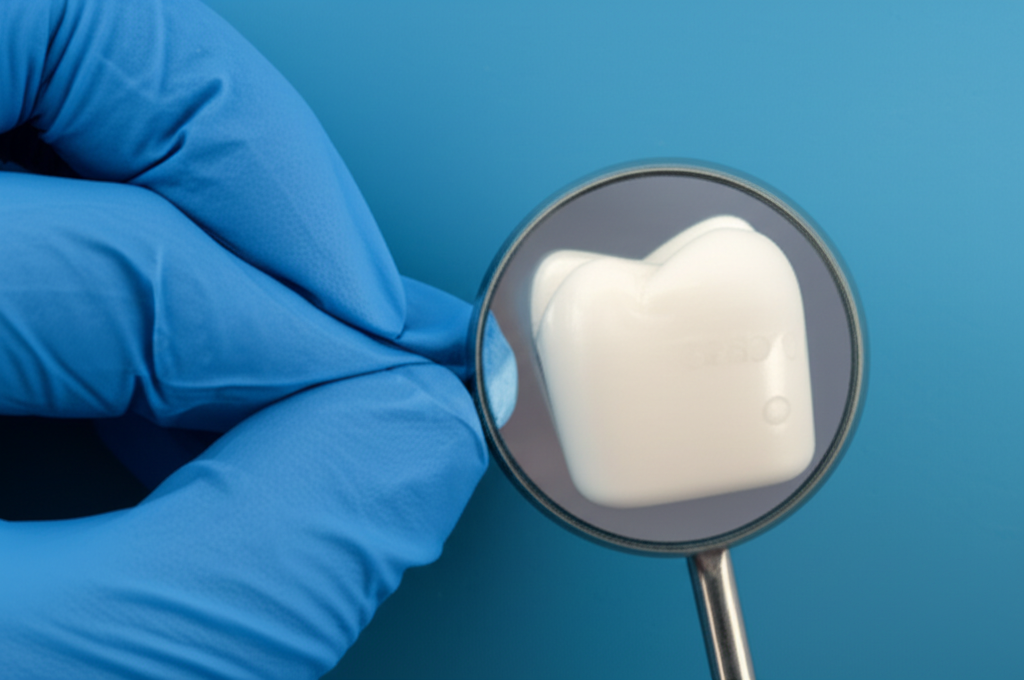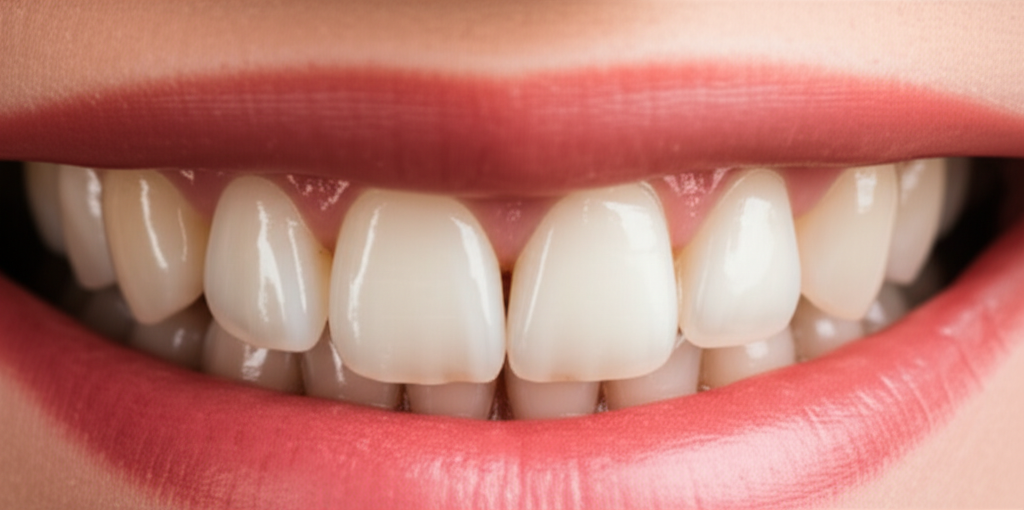
Do Veneers Require Shaving Teeth? My Personal Guide to Tooth Preparation for a Perfect Smile
Table of Contents
Introduction: The Truth About Veneers and Tooth Shaving
When I first started looking into veneers, the big question on my mind was: Do veneers mean my teeth have to be shaved down? Maybe you’ve thought about this too. The quick answer? Not always. If you’ll need tooth prep depends on a few things, like what kind of veneer you pick and what your teeth look like to start.
Veneers can really change your smile, and that’s both exciting and a bit scary. “Tooth shaving” sounds kind of harsh—does it have to be that way? How much do they really take off? Can you avoid it? I’ll share my own search and what I learned, including facts from dentists and things I wish I’d heard sooner.
What Is Tooth Preparation (Shaving) for Veneers?
Before I ever sat in the dental chair for veneers, I found out that “tooth prep” means the dentist removes a bit of the hard top layer of your teeth, called enamel. This helps the veneer fit better and look normal, not bulky or thick.
But why do any shaving at all? Most of the time, it’s for two main reasons:
- Fit and function: The veneer needs room to stick properly and not mess up your bite.
- Looks: If you just stick something onto your tooth without prep, your teeth can look weird and chunky. Nobody wants “Chiclet teeth!”
But not every case is the same. Sometimes they take more off, sometimes barely any. It depends on you and your goals.
Traditional Veneers: When Shaving Is Typically Needed
Let’s start with normal veneers. This is what most people (and for a while, me) think of with a “celebrity smile.” These are usually porcelain veneers—hard, thin shells made in a dental lab.
Here’s the deal:
To put on regular porcelain veneers, the dentist usually has to grind off a little layer of enamel from the front—around 0.3 to 0.7 millimeters. That’s about as thick as a fingernail. Doesn’t sound like much, but once it’s gone, you can’t get it back. Enamel doesn’t grow back.
So why do it?
- Thickness: Porcelain veneers are a little thicker than “minimum prep” or “no prep” kinds. If you don’t shape the tooth, the veneer will stick out.
- Looking natural: If you don’t trim the tooth, the veneer sits on top and can look big or blocky—people will notice for sure.
- Holding on: Sticking veneers to enamel is stronger and lasts longer than on the softer inside of the tooth. Keeping the prep small helps them last.
To be honest, this scared me at first. But after lots of chats with my dentist (and endless online searching), I learned that dentists only remove what’s needed. My dentist even had a sample tooth to show what it would look like, which made me feel better. Still, once the enamel’s gone, your tooth will always need covering—by either a veneer or sometimes a crown if something goes wrong.
Quick tip: If you’re worried about losing too much enamel, ask your dentist to show you a before-and-after or a digital project of your new smile before starting. Many shops use new tech, which you can learn about via their digital dental lab.
Minimal-Prep Veneers: A Lighter Approach
Then I found out about minimal-prep veneers. That name grabbed my attention—less shaving, maybe less risk, but still a big smile upgrade.
Minimal-prep veneers are super thin shells (sometimes called micro-veneers), made from strong ceramics. They’re good if you want to brighten up your smile, close little gaps, or fix tiny chips. What’s different?
Here’s what I learned:
- How much is shaved: Usually less than traditional. About 0.2 to 0.5 millimeters—sometimes even less, depends on you.
- Who should get them? People with pretty straight teeth and just a few minor problems.
- Still might need a little shaping: Even with minimal-prep, the dentist might need to smooth some spots for things to fit right. It’s not always totally “no-prep.”
My dentist explained minimal-prep veneers often work best for people with smaller teeth or just wanting a little change. If your teeth stick out or show heavy stains, these may not hide everything.
What’s nice? You get to keep more of your real tooth. That mattered to me, and maybe for you as well. Knowing there’s a “lighter touch” choice helped me feel less nervous about permanent changes.
No-Prep Veneers (Lumineers, etc.): The Least Invasive Option
Now, let’s talk about the one that got me really interested—no-prep veneers like Lumineers. The big promise here is you get a great smile with almost no work on your real teeth.
Is it too good to be true? For some people, yes. For others, it works.
What are no-prep veneers?
These are super thin—around 0.2 to 0.3 millimeters—almost see-through. In many cases, the dentist can just glue them to your teeth with little drilling, no shots, and no fake “temporaries.”
Who can get no-prep veneers?
- You’re a good pick if you have:
- Small or worn-down teeth
- Gaps
- Small stains or slightly crooked teeth
- Want a small change, not a total makeover
When no-prep doesn’t fit:
- If you have big teeth or want to make a major change in color or shape, these probably won’t do the job.
- They’re so thin they might not cover dark stains.
- They’re not for every case. The dentist has to check your bite, tooth color, and what you want.
My own try with no-prep veneers? I looked at samples and a ton of before-and-afters. I saw that, with a good dentist and on the right person, no-prep veneers can look really natural. Want to skip the drill? Ask your dentist, and if it’s not possible, they might show you other options like dental bonding.
Factors Determining the Need for Tooth Shaving
I figured out pretty quick that the question isn’t “Does everyone need their teeth shaved for veneers?” but “Who needs it, and why?” After my own talks and research, here’s what matters most:
1. Original Tooth Condition
Every mouth is different. If your teeth are:
- Small,
- Have some chips or worn edges,
- Or are spaced out,
you might need little or no shaving.
If your teeth poke out, are crowded, or really dark, the dentist might need to take off more enamel to make things look and work right.
2. What You Want
Looking for just a small shape or color boost, or a huge change?
- Small changes: Less shaving.
- Big changes: Usually need more.
3. Type of Veneer
- Porcelain vs. composite: Porcelain often means more tooth trimmed, as it needs a bit more room. Composite, which can be built up directly, sometimes doesn’t need any.
- Classic veneers vs. thin ones: Ultra-thin materials often need less filing.
4. Dentist’s Opinion
Trust a pro, but ask questions. A good dentist will look at everything—your teeth, your bite, your smile line, and your gums. If they use things like a veneer lab or a digital preview, even better. Their job is to make it look good, work well, and take off as little as possible.
The Tooth Preparation Process: What to Expect
I’ll never forget my first veneer visit. The unknown can be stressful, so here’s how it really happens:
Talk and Planning
You meet the dentist, talk about your hopes, and the dentist checks your teeth. They may take photos, molds, or digital scans. Sometimes you get to see a digital preview from a dental ceramics lab.
Numbing
For most regular and minimal-prep veneers, they numb your mouth first. For no-prep, usually you don’t even need a shot.
Shaving/Reshaping
The dentist uses gentle tools to smooth and shape your teeth. It usually takes about 30–60 minutes, depending on how many teeth you’re fixing. With the numbing, it didn’t hurt for me, just felt a bit weird.
Temporaries
If a lot of enamel was taken off, you might get temporary covers so your teeth don’t feel funny or sore. These also give you a taste of your new look.
Putting on Final Veneers
At the next appointment, your dentist takes off the temporaries, checks the new veneers, then glues them on for good. They use a bright light to set them, and that’s it!
Common worries:
- Pain: I just felt pressure, not pain.
- Sensitive teeth: Some hot/cold feeling is normal for days after. It went away in about a week for me.
- How long they last: When done properly, veneers that stick mostly to enamel can last 10–20 years if you keep your teeth clean.
Pros and Cons of Tooth Preparation for Veneers
Based on everything I looked up and went through, here’s the good and the not-so-good about tooth shaving for veneers.
Pros
- Look more real: The veneers fit in with your mouth and gums just right.
- Comfy bite: No weird bump at the edge—your teeth feel and work like always.
- Lasts longer: If veneers are stuck mostly to enamel, they hold up better.
- Match your style: The dentist can get your smile just how you want it.
Cons
- Forever change: Once enamel is gone, it won’t come back. The tooth will always need covering—by veneer or sometimes a crown.
- Short-term tenderness: Some teeth will feel a bit sensitive right after. For me, this faded in days or weeks.
- Cost: This isn’t cheap—especially with lab-made porcelain and extra visits.
- Possible risk: Too much enamel off could mean a weaker tooth later. This is why a skilled dentist is super important.
Alternatives to Veneers (If Tooth Shaving Is a Major Concern)
If shaving teeth doesn’t sit right with you, I totally get it! Here’s what else I checked out:
Dental Bonding
The dentist puts tooth-colored stuff (composite resin) on your teeth and shapes it. Usually barely any shaving, maybe just a roughening. Bonding fixes chips and gaps and covers up stains, but it doesn’t last as long as porcelain and can stain or chip easier.
Braces or Clear Aligners
If your teeth are healthy but out of place, straightening them could help. No tooth shaving needed, just time. But this only fixes placement—doesn’t help with color or shape.
Whitening
If stains are your main issue, pro whitening can really help—no drills or shaving needed. But it won’t fix odd shapes or chips.
Crowns
For teeth that are broken, badly damaged, or already had a lot of work, a full crown may be better. Crowns need even more shaping than veneers but give more strength.
Want to see more about options like crowns? Check out a crown and bridge lab.
Consulting a Qualified Cosmetic Dentist
Here’s my best advice from all this: Make sure you pick a good, experienced cosmetic dentist. Great veneers still depend on the person doing the job!
What you should do:
- Ask lots of things. “How much enamel will you take off?” “Can I get a preview or try-in?”
- Go over all possible options—no-prep, full-prep, and things like bonding or whitening.
- Ask to see before-and-after pictures of real patients.
- Get all the info on cost, timing, care, and what to expect after.
Remember, every smile is different. What worked for me could be wrong for you. The best dentists will make a plan for you, walk you through everything, and make sure you feel good about it all.
Conclusion: Making an Informed Decision for Your Smile
So, do veneers mean teeth always need shaving? Not always—but most times, yes. Removing a little enamel often helps veneers look and feel right and last long. No-prep and minimal-prep options are out there, but don’t fit everybody.
For me, the only real answer is: It depends on you. Keeping your natural tooth as much as you can is great, but sometimes a little shaving is the way to get a strong, nice-looking smile. Just think about the good and the bad, look at all options, and never feel rushed.
Talk things through with your dentist. Explain your worries. Ask to see your possible results. In the end, when you know the facts, you can make a smart choice that gets you the smile and confidence you want.
Still want to know how veneers are made or learn more about custom dental care? Browse the work from a china dental lab, or check out new technology from a digital dental lab changing smiles across the globe.
Remember: It’s your smile—take your time and ask every question you need! That’s what I did, and it really made a difference.

